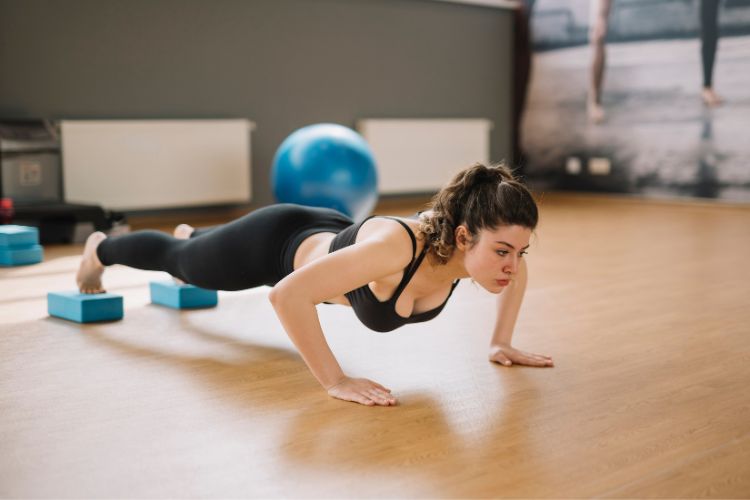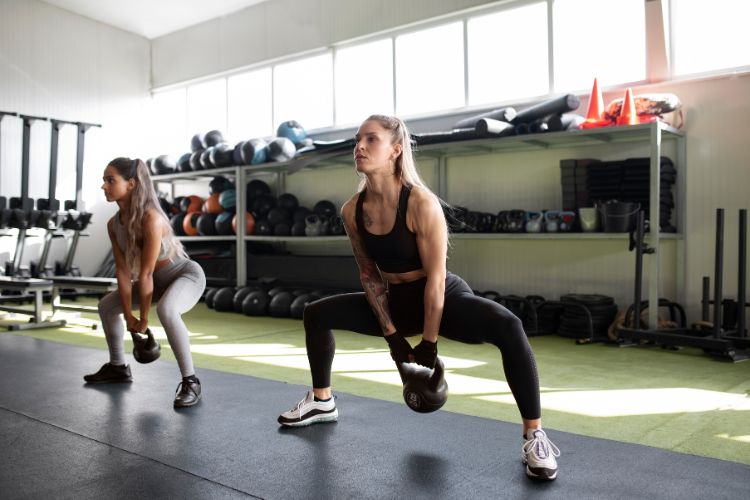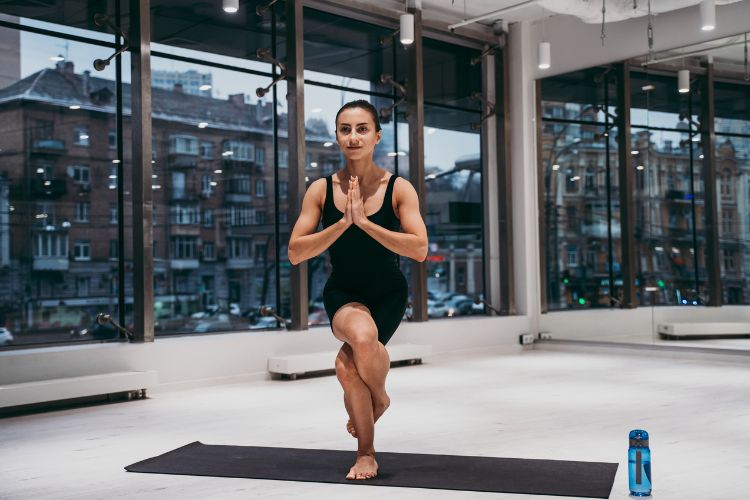Sign up for workout ideas, training advice, reviews of the latest gear and more.






If you’re short on time but still want maximum results, 20-minute HIIT workouts might be your ultimate fitness solution. High-Intensity Interval Training (HIIT) is one of the most effective and time-efficient exercise methods for burning fat, increasing endurance, and boosting overall health. In just 20 minutes, you can get your heart pumping, torch calories, and build muscle without spending hours in the gym. Whether you’re at home, at the gym, or outdoors, HIIT is flexible, powerful, and efficient.
In this guide, we’ll break down the benefits of 20-minute HIIT workouts, explore different routines for all fitness levels, and offer expert tips to make the most out of every sweaty second.
HIIT stands for High-Intensity Interval Training. It involves short bursts of intense exercise followed by periods of rest or lower-intensity activity. The goal is to elevate your heart rate quickly, maintain it at a high level, and recover just enough before jumping into the next burst.
For example, you might sprint for 30 seconds, walk for 30 seconds, and repeat for 20 minutes.
The beauty of HIIT lies in its intensity. While traditional cardio might take 45 minutes to an hour, HIIT gets the job done in a fraction of the time. A 20-minute HIIT session can burn just as many calories as a longer moderate-intensity workout, with added afterburn effects.
One of the top reasons HIIT is popular is its ability to burn fat quickly, especially belly fat. The short intervals push your body into a fat-burning zone, and the Excess Post-exercise Oxygen Consumption (EPOC) effect ensures your body continues to burn calories long after you’re done.
Even with just 20 minutes, HIIT significantly improves your heart health. Alternating between intense effort and rest trains your heart to become stronger and more efficient over time.
Unlike steady-state cardio, HIIT also challenges your muscles. With the right moves—like burpees, squats, or push-ups—you’ll build muscle while boosting stamina and metabolic function.
A great perk of HIIT is that you don’t need a gym or fancy equipment. Bodyweight HIIT workouts can be just as effective and are perfect for working out at home or while traveling.
Twenty minutes is all you need. Whether it’s early morning, during your lunch break, or after work, there’s always time for a quick HIIT blast.
The structure of a good HIIT workout is crucial. It should include:
Here are some powerful, full-body HIIT routines designed to deliver results in just 20 minutes:
This workout is great if you’re new to HIIT but want to get started.
Workout Structure:
Perform each exercise for 30 seconds, rest for 30 seconds. Repeat the circuit 3 times.
Once you’re comfortable, bump up the intensity with this strength-focused routine.
Workout Structure:
40 seconds on, 20 seconds rest. Complete 3 rounds.
This is for those who want maximum intensity in minimum time.
Workout Structure:
45 seconds on, 15 seconds rest. Complete 4 circuits.
Focuses on legs and glutes for strong, toned lower muscles.
Strengthens arms, chest, shoulders, and back.
Designed to tighten and tone your abs.
HIIT is all about intensity. During your “work” periods, give it 90–100% effort. That’s what drives the results.
Stick to your rest intervals. Don’t extend them unless absolutely necessary—short rests keep your heart rate high and calorie burn consistent.
Even when going fast, always prioritize form to avoid injury. It’s better to do fewer reps correctly than more with poor technique.
Drink water before and after your workout. HIIT will make you sweat, so rehydration is key to recovery.
Use a timer or fitness app to keep track of your rounds, and record your workouts to see improvements over time.
Although bodyweight HIIT is great, adding simple tools can elevate your workout.
Add resistance to squats, lunges, or presses.
Perfect for swings, goblet squats, and thrusters.
Use bands for added tension in movements like lateral walks or glute bridges.
Add slam exercises or weighted sit-ups to increase intensity.
If you’re new to exercise, pregnant, or have joint or heart concerns, consult with a healthcare professional before starting a HIIT routine.
Since HIIT is intense, don’t do it every day. Give your body time to recover—2–4 times per week is ideal for most people. Alternate HIIT days with light activity like walking, yoga, or strength training.
Refuel post-HIIT with a combination of protein and healthy carbs. Some quick recovery snacks include:
Absolutely! When done correctly, 20-minute HIIT workouts can deliver powerful fat-burning, muscle-toning, and endurance-boosting benefits. The key is intensity, consistency, and smart programming.
Even if you’re busy, there’s no excuse not to move. Just 20 minutes of dedication a few times a week can transform your health, energy, and fitness level. So grab your mat, set your timer, and get ready to sweat—HIIT style.
On average, you can burn 200 to 400 calories in 20 minutes depending on intensity, body weight, and fitness level. Plus, thanks to the afterburn effect, your body keeps burning calories even after your session.
It’s best to limit HIIT to 3–4 times a week. Overtraining can lead to fatigue or injury. Balance it with active recovery or low-impact workouts.
Nope! Bodyweight HIIT workouts are highly effective. But adding dumbbells, kettlebells, or bands can help if you want to increase resistance and variety.
Yes! Start with shorter work intervals and more rest. Over time, you can increase the intensity as your stamina improves.
If you’ve been putting off your fitness goals due to time constraints, it’s time to think differently. 20-minute HIIT workouts eliminate excuses and deliver results. Whether you’re training for fat loss, endurance, or strength, this powerful format gives you everything you need in less time.
Commit to a few sessions per week and watch your body and mind transform. Ready to get started? Set your timer, press play, and let the sweat begin.
Stay up to date on the latest women’s health, fitness and lifestyle trends and tips.